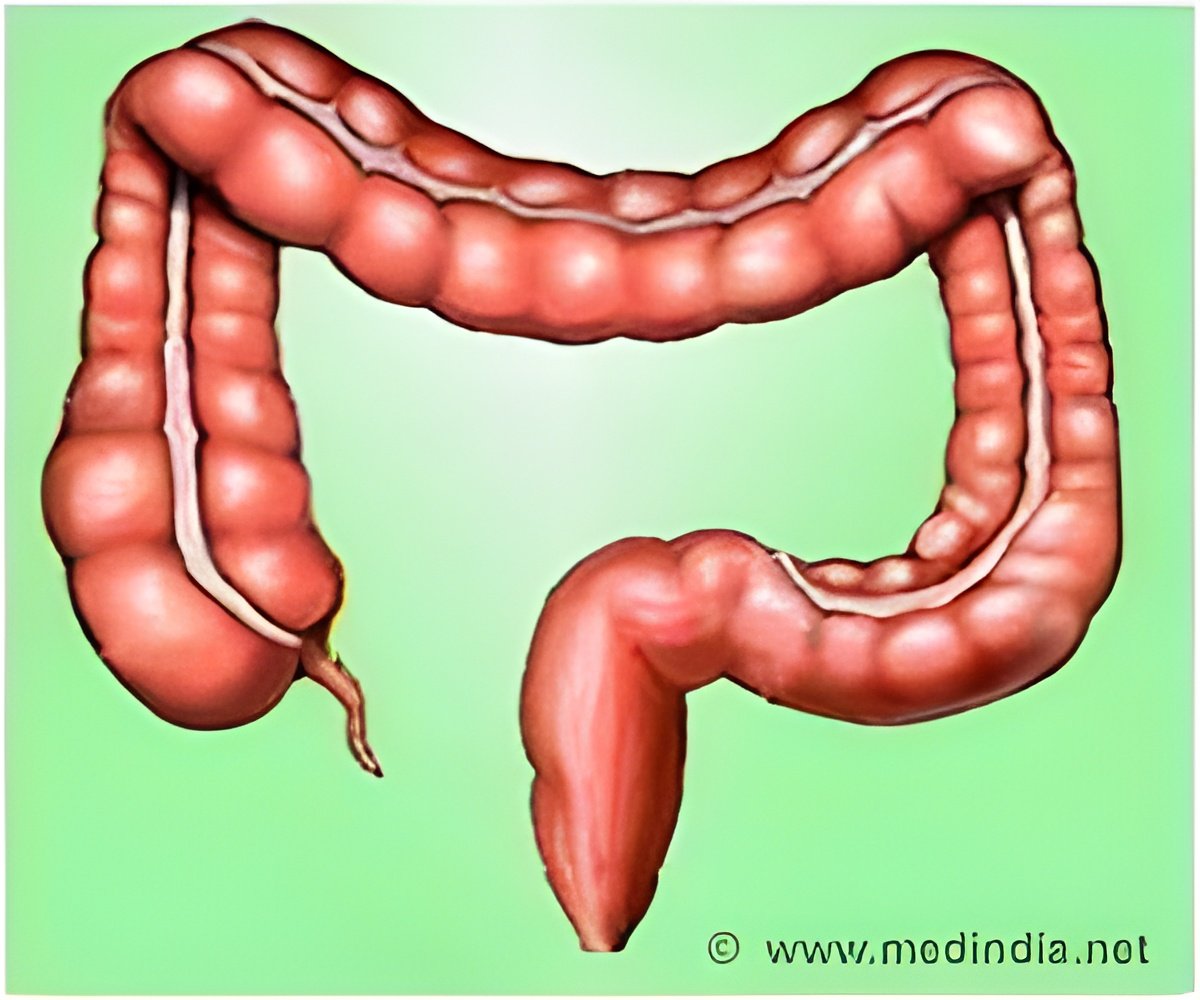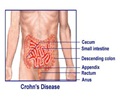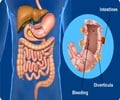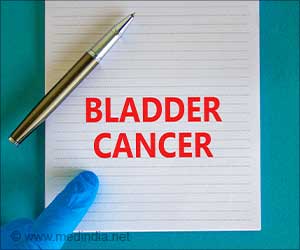Evidence has always shown the real reason for underuse of colonoscopy screening especially among Blacks and Hispanics which had caused the death rates to rise.

The campaign to improve colonoscopy rates in NYC was developed by Department of Health and Mental Hygiene (NYCDOH) in collaboration with the Citywide Colon Cancer Control Coalition. It included media campaigns on subways, ethnic radio stations and at check cashing sites, plus an outreach through the medical community. Health Department epidemiologists, evaluated the effectiveness of the Coalition's campaign to increase screening and were also co-authors of the paper. Other components included an expanded capacity for colonoscopy at the public hospital system and streamlined colonoscopy referral system.
Data were analyzed from the Community Health Survey (CHS), a population-based, random telephone survey of New Yorkers that has been administered annually since 2002 by the NYC DOHMH.
The study also shows that the affluent and the well-educated continue to have the highest and fastest-growing rates of colonoscopies. Between 2003 and 2007, the greatest increase was among New Yorkers who are U.S.-born, college-educated, 65 years and older, and living at 200% of the federal poverty level or. In 2007, New Yorkers with household incomes below $25,000 had a colonoscopy screening rate of 34%, vs. 59% among those with household incomes above $75,000. Adults with high household incomes—600% of the federal poverty level or more—continued to have a much higher prevalence of timely colonoscopy screening than all other income groups (73.3%).
Over time, disparities for adults with private or government-provided insurance also disappeared. However, those without insurance continued to lag -- 43.3% reported a colonoscopy screening compared to 66.8% of the privately insured, although colonoscopy screening rates among the uninsured were a mere 15% in 2003.
"These analyses show how successful the Health Department and its partners have been in closing the cancer screening gap among racial and ethnic groups across New York City, although the screening rate in the Asian population remained low," said Dr. Bonnie Kerker, senior epidemiology and policy advisor at the Department of Health. "Since this analysis was done, however, the screening rate among Asians has increased from 53.6% percent in 2007 to 66.7 percent in 2010, a rate comparable to that among whites (68.5 percent).""Though there are still challenges for the uninsured, we were pleased to see that the New York City's campaign paid off, eliminating racial, ethnic and sex disparities in the use of colonoscopies. " noted Catherine Richards of the Mailman School of Public Health's Department of Epidemiology and lead author of the study. "Still, this improvement will become meaningful only if we see a corresponding reduction in deaths from colon cancer. This will need to be assessed in future studies."
Source-Eurekalert
 MEDINDIA
MEDINDIA



 Email
Email









